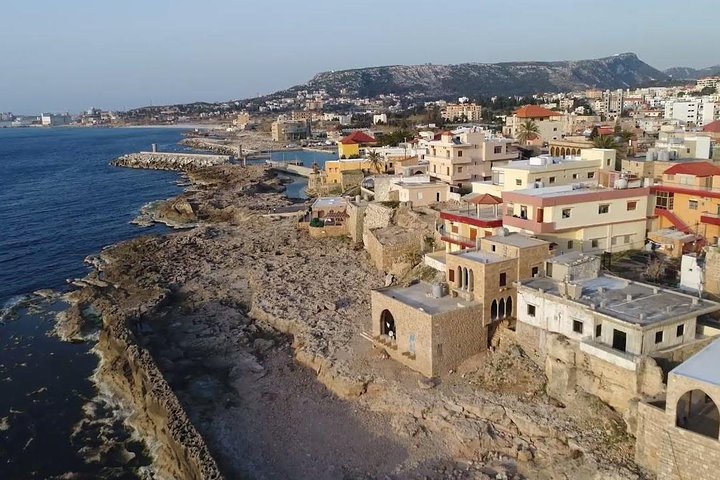Exploring Tripoli: A Spiritual and Historical Pilgrimage
Drawn by the allure of Tripoli’s rich history and vibrant culture, I embarked on a journey to explore its ancient landmarks and spiritual heart. From the majestic Citadel of Raymond de Saint Gilles to the sacred Al Mansouri and Taynal Mosques, my visit was a spiritual pilgrimage that connected me to the Middle East’s storied past.
A Journey Through Time: The Citadel of Raymond de Saint Gilles
As I embarked on my journey to Tripoli, a city steeped in history and culture, I was filled with anticipation. The allure of exploring ancient landmarks and vibrant local life was irresistible. My first stop was the Citadel of Raymond de Saint Gilles, a fortress that stands as a testament to the city’s storied past. Built by Raymond XI de Saint Gilles, a knight of the First Crusade, the citadel is a magnificent blend of Frankish and Ottoman architecture.
Upon entering the site, I was immediately struck by the grandeur of the sprawling grounds. The entrance fee of 100,000 LBP seemed a small price to pay for the opportunity to wander through this historical marvel. Each stone staircase led me to a new discovery, and every doorway opened into a grand hall that whispered tales of Lebanon’s past. As I climbed to the top of the castle, I was rewarded with a breathtaking panorama of Tripoli, a view that was both humbling and awe-inspiring.
The citadel is open daily from 10 a.m. to 6 p.m., and I found myself lost in its history for hours. The experience was not just a journey through time, but a spiritual pilgrimage that connected me to the rich tapestry of the Middle East’s past.
The Spiritual Heart of Tripoli: Al Mansouri and Taynal Mosques
After my visit to the citadel, I was drawn to the spiritual heart of Tripoli, the Al Mansouri and Taynal Mosques. These mosques are not just places of worship, but living museums that tell the story of the Mamluke and Ottoman eras. The Al Mansouri Mosque, with its large courtyard and vaulted prayer hall, is a masterpiece of Islamic architecture. Built on the ruins of a 12th-century Crusader cathedral, it is a place where history and spirituality intertwine.
As I entered the mosque, I was enveloped by a sense of peace and reverence. The intricate details of the architecture, from the Lombard-style bell tower transformed into a minaret to the foundation plaques that reveal the daily life of the Mamluke period, were a testament to the rich cultural heritage of Tripoli. The Taynal Mosque, with its unique architectural decoration and Roman columns, was equally captivating. It was a reminder of the enduring legacy of the Mamluke era and the spiritual depth of the city.
These mosques are more than just historical sites; they are places of reflection and connection. As I stood in their sacred spaces, I felt a profound sense of belonging and a deeper understanding of the spiritual journey that has shaped the Middle East.
The Vibrant Soul of Tripoli: Souks and Hammams
No visit to Tripoli would be complete without experiencing the vibrant soul of the city, its bustling souks and traditional hammams. The souks of Tripoli are a sensory delight, a maze of lively passageways filled with the sights, sounds, and smells of centuries-old traditions. From the colorful stalls of Souk Al-Harajb to the historic Khan Al-Khayyatin, each market offered a glimpse into the daily life of the city.
As I wandered through the souks, I was captivated by the vibrant energy and the rich tapestry of cultures that define Tripoli. The Tripoli Soap Factory, with its arcaded corridors and fountain courtyard, was a highlight of my visit. It was a place where history and tradition came alive, a reminder of the city’s enduring legacy.
The hammams of Tripoli, with their Mamluke and Ottoman architecture, offered a different kind of experience. Hammam Al Jadid, though no longer in operation, still stirred the imagination with its faded grandeur. It was a place of reflection and rejuvenation, a sanctuary where the past and present coexisted in harmony.
My journey through Tripoli was a spiritual and cultural pilgrimage, a journey that enriched my understanding of the Middle East’s rich history and vibrant present. It was a reminder of the power of travel to connect us to the past and inspire us for the future.































